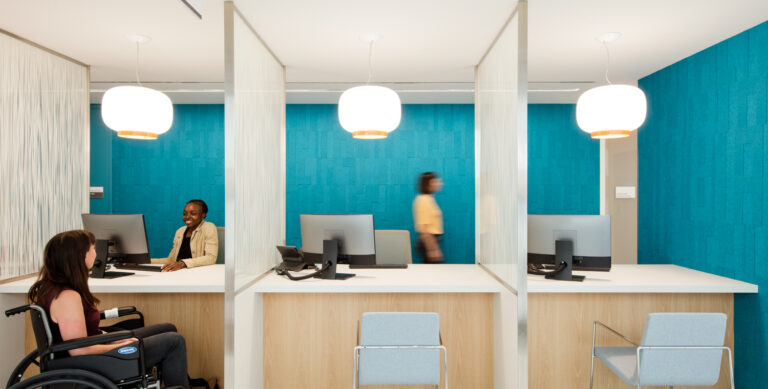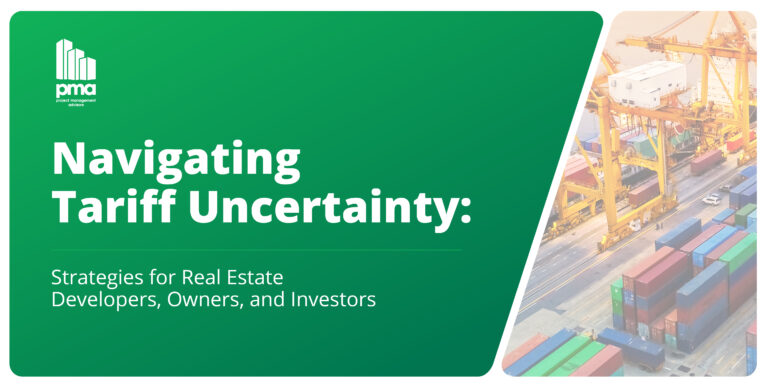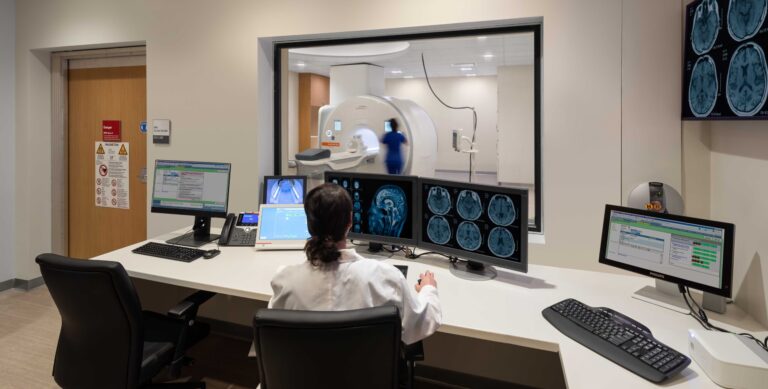Adaptive Strategies: The Evolution of Municipal Approvals

Adaptive Strategies: The Evolution of Municipal Approvals (April 29, 2020)
Much in the building industry remains fluid as the “new normal” continues to unfold. While all parties have a vested interest in projects moving ahead, what were once typical processes are no longer feasible and new approaches are being quickly identified and implemented.
Regulatory approvals involving municipal representatives and community groups are an example. Open dialogue and an enhanced level of cooperation between agencies, advocacy groups and project teams that, in some regions, are serving to keep projects moving forward.
PMA continues sharing adaptive strategies from across the country in an effort to offer insight to project challenges you may be facing now or in the future.
Are there adaptive strategies you’d like to share? We’re all ears.
We’re all #inthistogether.
How are public hearings proceeding with shelter-in-place requirements?
Public meetings seeking input and comments from the community impacted by a project are a crucial element of the entitlement process. In San Diego, CA, the city has forged a new approach utilizing a virtual platform. Despite the obvious challenges of providing access to a diverse group of individuals, the city is pushing forward by addressing minor difficulties as they arise so that public input can be heard and the fundamentals of the planning and zoning process maintained.
How are municipal planning and development departments adapting?
- In the Bay Area, one project team created a visual tool to present to plan examiners who had flagged specific design deficiencies requiring corrections. A deck was created comprised of individual slides, each featuring the original drawing submitted for approval, the building official’s comment(s) and revised documentation outlining how the issue had been addressed. Plan examiners embraced this visual, step-by-step approach, appreciating the simplicity, ease and efficiency it brought to the process.,
- A project team working in Washington, D.C., used video technology to recreate the regulatory agency’s traditional expedited building permit review process. Plan examiners gathered virtually via Skype to discuss comments from various disciplines (e.g. LEED, Architectural, Structural, MEP/FP, etc.) and address each reviewer’s list of corrections. The team will obtain follow-up remarks and continue to address comments via subsequent virtual review sessions. While still in its infancy, the new virtual process has proven to be effective in minimizing delay impacts.,
- The City of San Diego is still accepting hard copy planning and construction documents however, due to contagion concerns, the documents are isolated for at least 24 hours before an examiner will begin to review them.,
- Conversely, a municipality in Colorado and another in the Bay Area are quickly adapting to an all electronic plan review (EPR) process. Though architects and engineers have been required to reformat documents to comply with the system, this new approach is predicted to streamline the permitting process which will also help to ease any potential backlog. In addition, governmental agencies are adapting to new methods of payment to keep reviews and the issuance of approvals moving forward.
While faced with many new challenges, project teams across the country are experiencing that there is a common interest among both public and private stakeholders to adapt quickly and keep projects moving forward whether in the planning, zoning, design or construction phase.
How Tariffs and Labor Shortages Will Thwart Housing Production
New federal policies have already impacted deal flow. What's next?





